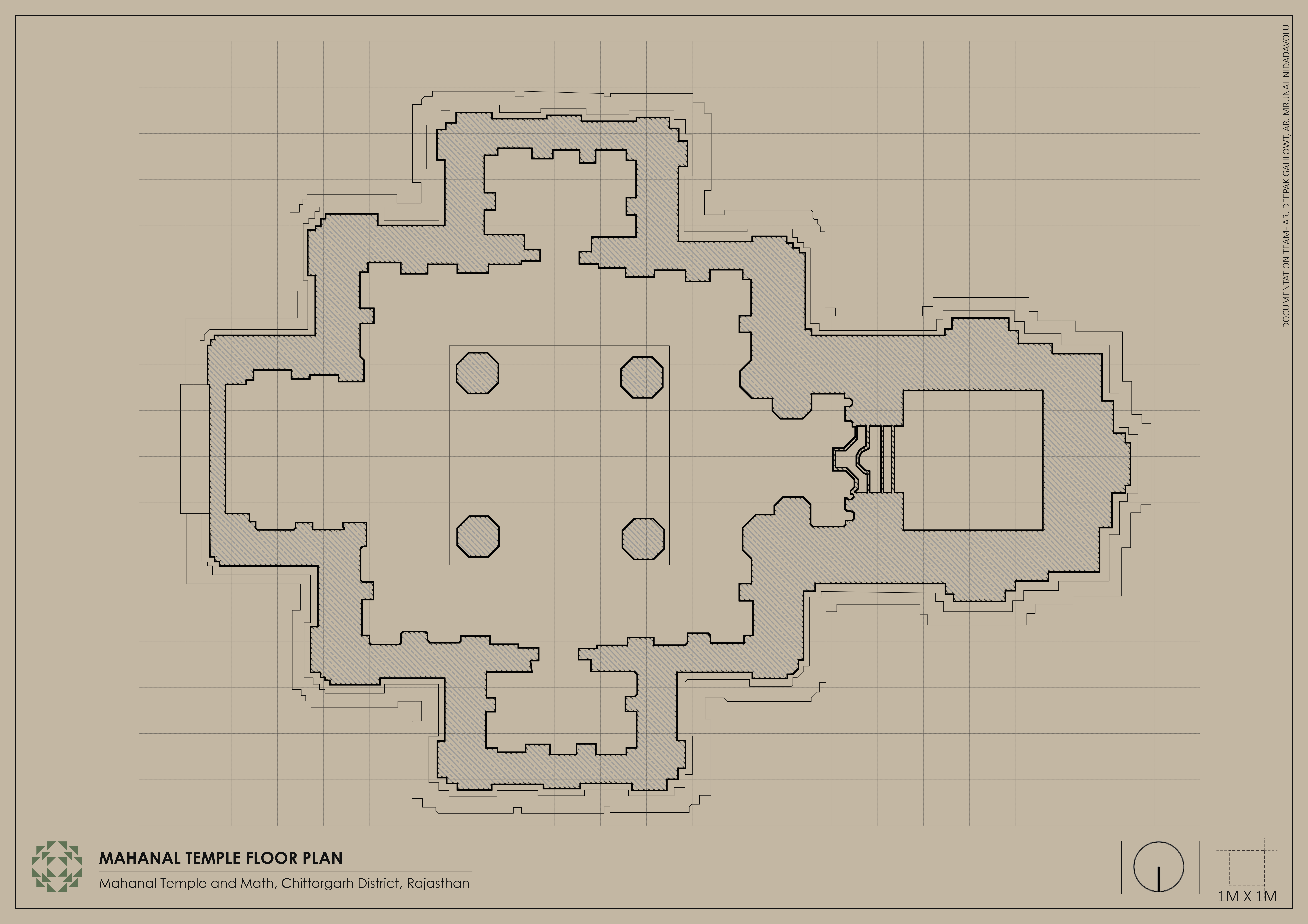Mahanaleshwar Temple: Architectural drawings
By Ar Deepak Gahlowt and his team*
The structures in the Menal group of temples can be broadly divided into two groups: one is the Mahanaleshwar Temple Complex, and the second is the Suhaveshwar Temple Complex. While the former consists of several structures and architectural remains, the latter is a small cluster comprising only one temple. A walled enclosure, containing the central Mahanaleshwar Temple, several temples built in different periods, a Shaiva matha, and numerous vestiges of architectural and sculptural fragments, bounds the Mahanaleshwar complex, which spans a large area.
The imposing Mahanaleshwar Temple showcases the bhumija style of temple architecture. Literally translating to 'from the ground or the earth', Bhumija defines a distinct approach to constructing the temple shikhara (superstructure). This spire is built using a rotating square-circle principle, creating a unique layered effect. The ground plan of the Mahanaleshwar Temple, here at Menal, consists of a garbhagriha (sanctum) connected to an antarala (vestibule), which is further linked to a mandapa (hall) and a mukhamandapa (porch). The temple's mulaprasada (main shrine) is of the pancharatha variety (consisting of five projections on one side).

